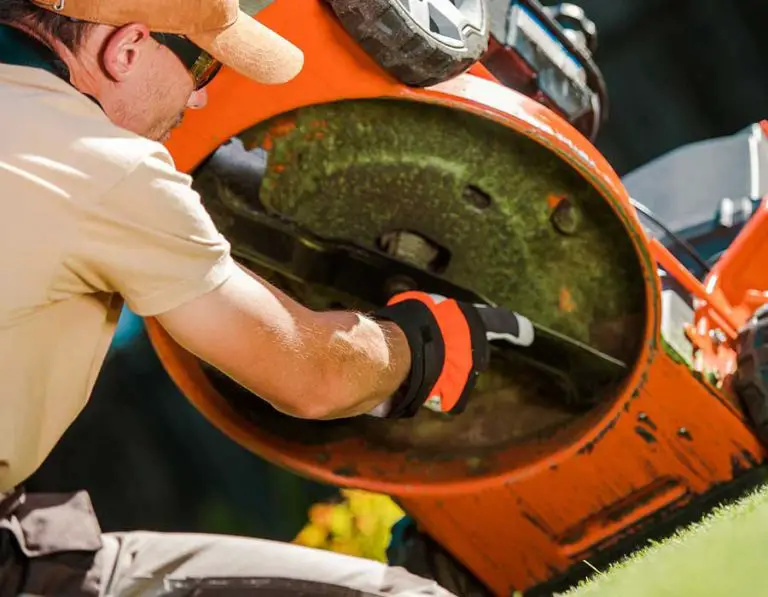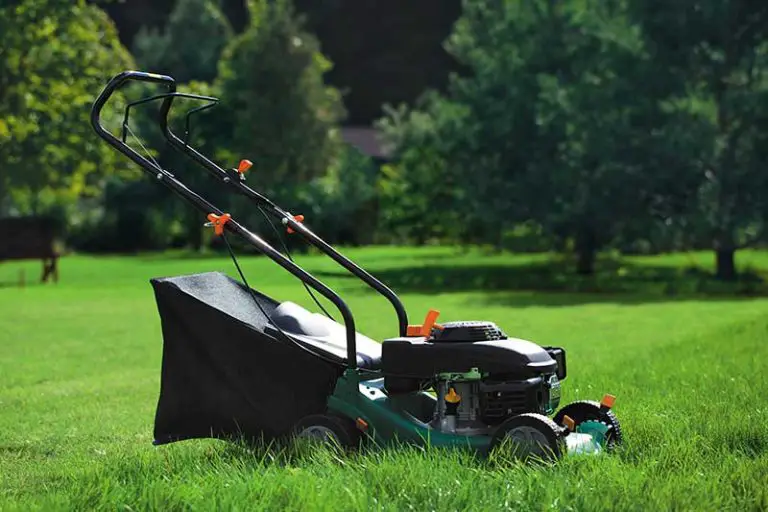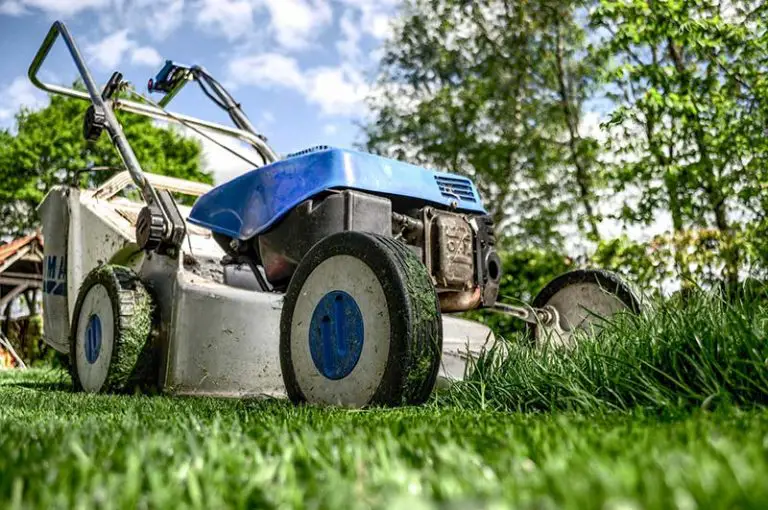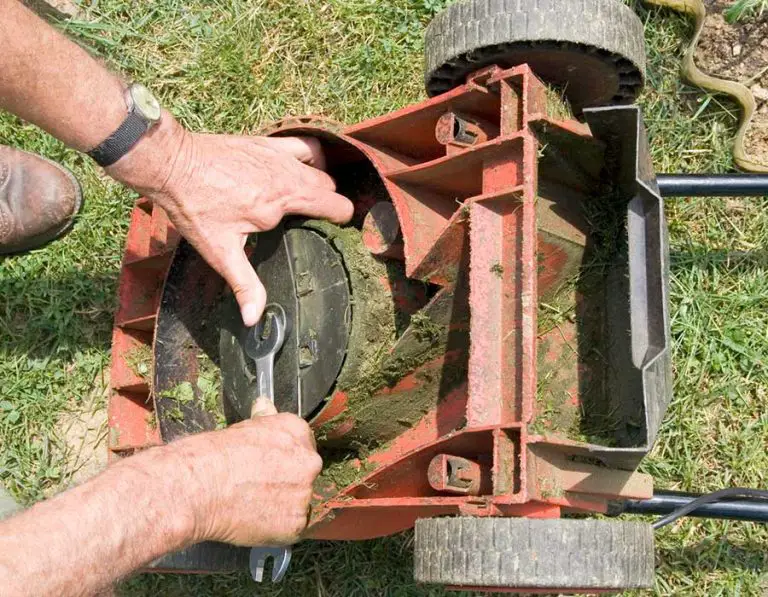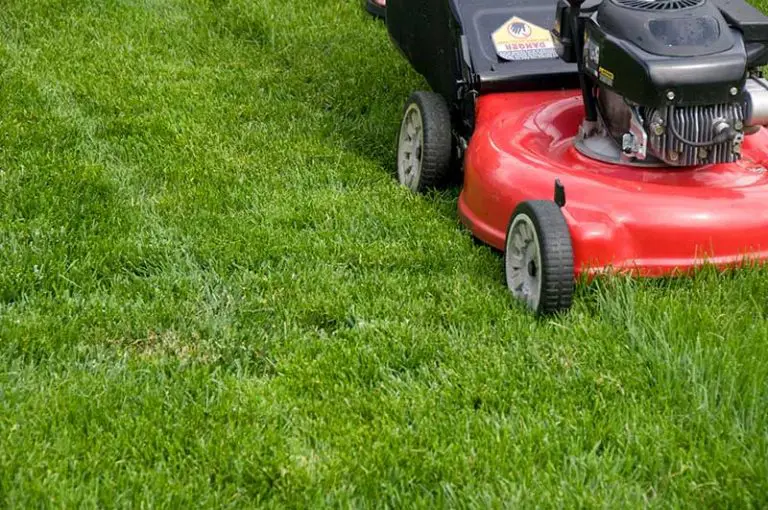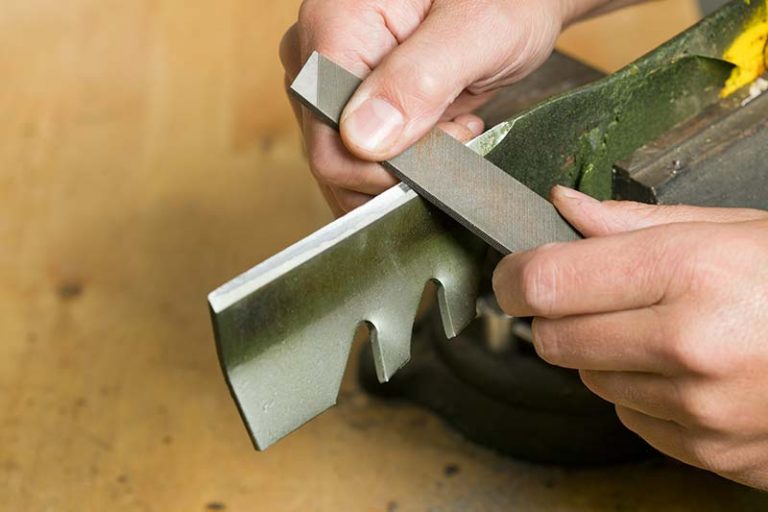Which Side of The Lawn Mower Blade Is Up?
Cutting your lawn is impossible without blades and, more specifically, properly placed blades. One side of your lawnmower blade is sharp, while another is blunt. It is crucial to tell them apart and know which side faces up or down when placing it. This article makes this easy for you, helping you identify the sharp and blunt sides, what side to place up, what happens when you install the wrong side up and how to maintain your lawnmower blades for easy cutting.
To know what side of the lawnmower blade is up, you need to know the sharp and blunt sides apart. The sharp side is the one that does the cutting and should be facing the ground, that is, having direct contact with the grass to cut it well. On the other hand, the dull side faces the lawn mower’s deck. The dull side faces up, while the sharp side faces down.
How to Identify the Sides of the Blade
Most lawnmower blades come with a sticker or engraving into the blade to show each side. The writing could be “this side down” or “faces grass .”This is an easy way of telling how to place your blades.
Another way to identify is to check your manufacturer’s manual. You can see pictures and a guide to help you tell which way each edge goes. After identifying, it is recommended that you label the blades yourself, using a bright sticker of your own, a marker, or even some paint.
The blade’s dull side typically has a tapered edge, so when installing, make sure this side faces upwards in the direction of the underside of your lawnmower deck and the sharp side to the grass.
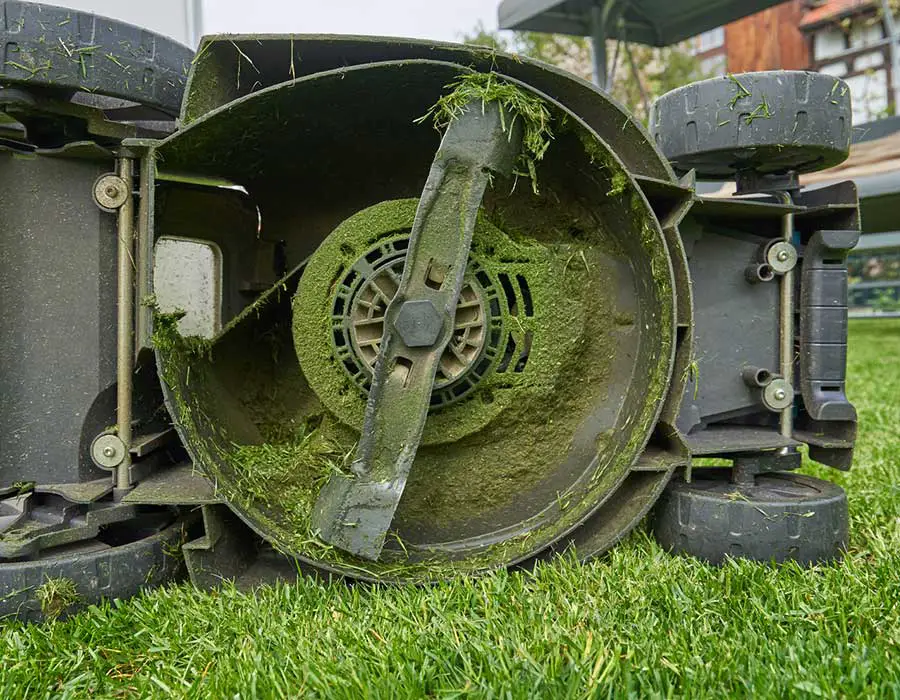
What Happens If the Blade is Installed the Wrong Way Up
The point of a lawnmower in the first place is to give your grass a neat, easy cut. This cannot be achievable with bad or badly placed blades. Also, not only is the grass affected but the lawnmower itself. Here are some of the signs of a wrongly installed lawn mower blade:
Badly cut grass
The wrong placement of blades will result in a messy, uneven, weak cut, giving your lawn a bad look. The tugging, pulling, and stress on the grass and soil, as a result, will weaken the grass and expose it to patching, pest infestation, and uneven growth.
A damaged blade
When the wrong side is facing the grass, the blade tends to bend when you hit a rock or thick patch of grass. The wings at the edges are supposed to avoid these, but instead, the blade now hits these obstacles and might bend, leading to a damaged blade that would most likely require a replacement.
Faulty lawnmower
Over time, the lawnmower itself will begin to experience faults from the extra pressure it expends to work a blunt blade. It will lead to poor cutting, weakening of the lawnmower, damage to the crankshaft, and a stressed engine.
A broken crankshaft is not something you want to experience. Hitting obstacles can easily lead to a damaged crankshaft which is as good as needed to replace the whole lawnmower. Although it is possible to have the crankshaft fixed or replaced, it is just as costly as buying a new lawnmower.
With these points, taking your time to fit your lawnmower blades correctly will not only give you a neat lawn but also save you a ton of money and repairs.
How To Maintain Your Lawn Mower Blades
To keep your blades lasting long and working fine, you need to take care of them. You can do so in the following ways:
- Cleaning
- Sharpening
- Balancing
Cleaning: there are special cleaning sprays for lawnmower blades that are even formulated to keep debris and grass clippings from sticking to them. It also prevents rusting and makes future cleaning easier.
Sharpening: A sharp-edged blade is the key to a faster, neat cut. Sharpening your lawnmower blades from time to time is vital to keep them in good condition. There are various methods of sharpening the blades:
- The clamp and file method involves securely holding the blade and running a file on the sharp edge perpendicularly. Although this process is slow, it is effective.
- The bench grinder method is the fastest way to get a sharp blade. This method is loud and would require you to put on safety gear like goggles, gloves, and earplugs. Place the blade’s edge against the spinning wheel, and it will sharpen in no time. Sparks usually fly out due to the friction between the metals. This method is excellent for very blunt blades.
- The drill and blade method is not as fast as the bench grinder method, but it is better than the clamp and file method. In this case, the stone of the bit hugs the edge of the blade and makes it easier for you to sharpen.
Balancing:
Sometimes, the blades can get uneven, with one side outweighing the other. Restoring the evenness of both sides is called balancing.
It is essential to check from time to time if your lawnmower blade is balanced, especially before sharpening. A poorly balanced blade is equivalent to a messy, uneven lawn.
To balance a lawnmower blade, use a balance or something to hold it up like a close nose-plier or screwdriver and pass it through the blade’s center. Let it sit and observe for any titling. If the blade tilts in an obvious way to one side, then it is unbalanced. You can restore the balance by sharpening or filing the heavier end until some weight gets off to match the other side. Check on the balance frequently to see if you need to keep filing or stop in between filings.
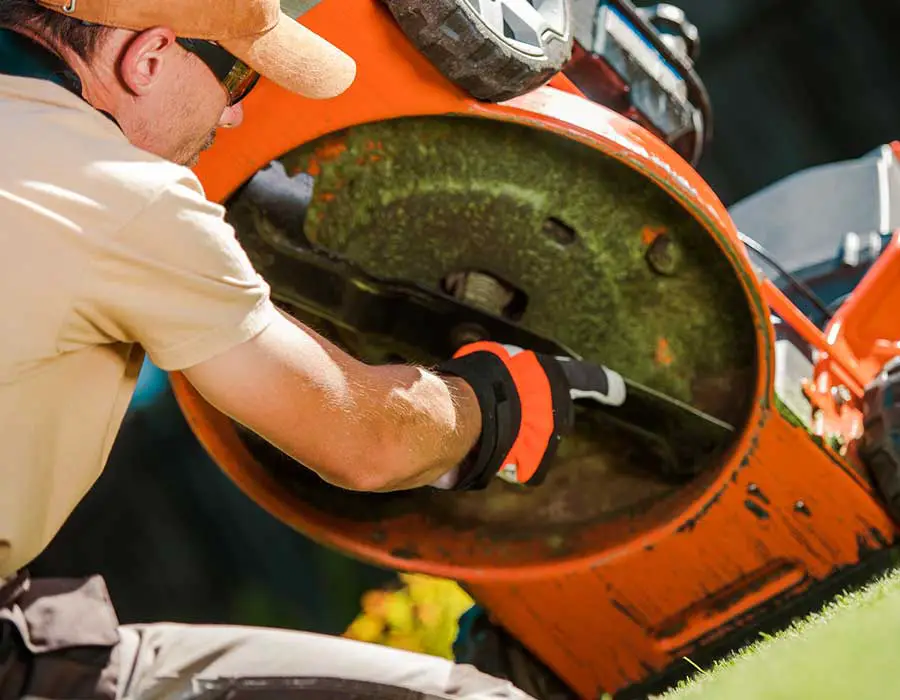
Types Of Lawn Mower Blades
Standard blades and mulching blades are the two common types of lawnmower blades.
Standard Blade
Standard blades give a neater-looking lawn and are the common choice of blade. It is also known as 2-in-1 blades, and their high lift blades are designed to create a powerful lift that expels the grass from under the lawnmower deck. These blades either discharge the clipping or bag them. The bag is detachable and makes disposing of the dirt not difficult.
Mulching Blade
This is the 3-in-1 blade because it is a standard blade with an extra feature. The mulching blade cuts the grass finely and then discharges it back into the soil in a neat spread. It is the best choice for frequently mowed lawns, as using them on an overgrown lawn can lead to clogging. Mulching is great for nourishing the soil, using the cut grass as a natural fertilizer. The curved design of the mulching blade is different from that of the standard blade, and it is designed to return the grass to the deck to be cut several more times before discharging it back to the ground.
FAQs
When does my lawnmower blade need changing?
Over time, your lawnmower blades will weaken and need you to replace them. The signs that it is time to change your lawnmower include frequent uneven patching, messy cuts, and ragged grass tips after cutting. It is recommended that you change your blades every 25 hours of cutting. Most manufacturers recommend in the manual that the blade be changed when there are less than two inches left between the cutting edge and the lift.
What kind of blade is best for tall grass?
The best kind of blade for tall grass is the high-lift blade. This type of blade produces better vertical suction, and it is easily identified by the angles on the edges. It cuts in a speedy circular motion making it a good choice for tall grass. However, it does not work well with sandy soil because of the speed and high suction. It will suck in the sand along with the grass, which can damage the deck. This kind of blade, however, wears out faster because of the high energy it uses.
Final Thoughts
The blade is the part of the lawnmower that does the major work of cutting the lawn. Even if the blade is correct, it will not give a good cut if it is not well-positioned. Regular checking, maintenance, cleaning, and sharpening are good ways to keep the blades working well and lasting longer. The manufacturer’s manual also gives instructions peculiar to each lawn mower model, so do well to refer to the manual. Hopefully, this article helps you to maintain and enjoy your lawnmower better.

